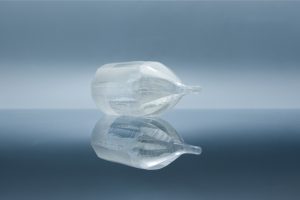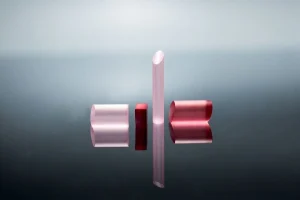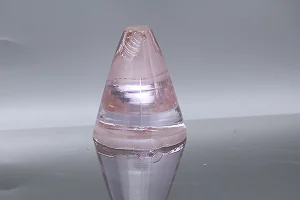Introduction to Nonlinear Crystals in UV Lasers
Nonlinear crystals are the cornerstone of ultraviolet (UV) light generation in lasers. These crystals, through the process of frequency tripling, efficiently convert the frequency of incoming light, resulting in UV light. This article delves into the intricacies of these crystals, their efficiency, and power handling capabilities in UV lasers.
Understanding the Concept of Frequency Tripling
Frequency tripling, as the name suggests, is a process where the frequency of light is tripled. This is achieved by combining the fundamental frequency (ω) and the second harmonic (2ω) to produce the third harmonic (3ω), which is three times the original frequency. This process is crucial in the generation of UV light in lasers. The phenomenon of frequency tripling is a result of the nonlinear optical properties of certain materials, which allow them to interact with light in a way that changes its frequency.
The Role of Nonlinear Crystals in Frequency Tripling
Nonlinear crystals are the heart of frequency tripling in UV lasers. They possess unique properties that allow them to alter the frequency of light when it passes through them. The nonlinear optical effect in these crystals is responsible for the generation of harmonics, leading to the production of UV light. These crystals are typically used in laser systems where they are subjected to intense laser light. The interaction of the laser light with the nonlinear crystal results in the generation of light at a new frequency.
Types of Nonlinear Crystals Used in UV Lasers
In the realm of UV lasers, several types of nonlinear crystals are employed, each with its unique properties and efficiency levels. The choice of crystal significantly impacts the performance of the laser system, influencing factors such as power output, beam quality, and overall efficiency. Here, we delve deeper into some of the most commonly used nonlinear crystals in UV lasers: Beta Barium Borate (BBO), Lithium Triborate (LBO), and Potassium Dihydrogen Phosphate (KDP).
Beta Barium Borate (BBO)
Beta Barium Borate (BBO) is a nonlinear crystal that has carved a niche for itself in the world of UV lasers. Its versatility and unique properties make it a popular choice for frequency tripling applications. BBO is known for its high damage threshold, which refers to the maximum amount of energy it can handle without suffering physical or structural damage. This property is particularly important in high-power applications where the crystal is subjected to intense laser beams.
BBO also boasts a broad phase-matching range. Phase matching is a critical aspect of frequency conversion processes, as it ensures that the generated harmonic wave and the fundamental wave propagate with the same phase velocity. This leads to constructive interference and efficient energy transfer from the fundamental wave to the harmonic wave.
Furthermore, BBO crystals are recognized for their excellent UV transmission properties. They can efficiently transmit UV light, making them ideal for UV laser systems. BBO crystals are often used in applications that require high power and broad wavelength tunability. They are also known for their high optical homogeneity, which contributes to their efficiency in frequency tripling.
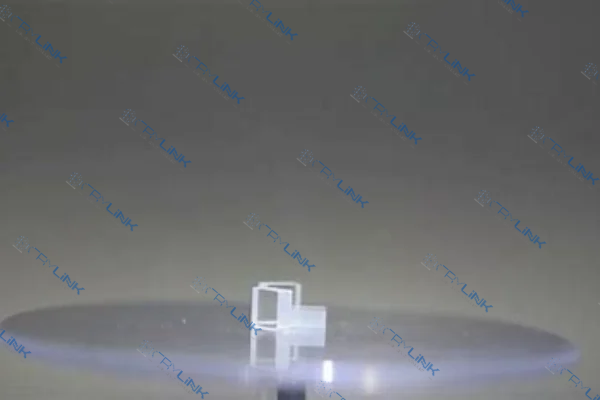
Lithium Triborate (LBO)
Lithium Triborate (LBO) is another nonlinear crystal that is widely used in UV lasers. It is renowned for its high damage threshold, wide transparency range, and excellent thermal and chemical stability. These properties make LBO a robust and reliable choice for UV laser systems.
LBO crystals are often used in applications that require high power and a wide range of phase-matching angles. Their wide phase-matching range allows them to efficiently convert a broad range of wavelengths, enhancing their versatility in different applications.
Moreover, LBO crystals are known for their high optical quality. They exhibit low absorption at UV wavelengths, which minimizes energy loss during transmission and improves the overall efficiency of the laser system. This low absorption rate, combined with their excellent thermal and chemical stability, makes LBO crystals ideal for frequency tripling applications.
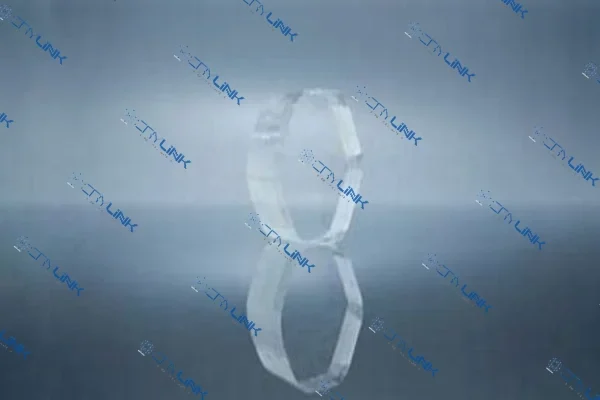
Potassium Dihydrogen Phosphate (KDP)
Potassium Dihydrogen Phosphate (KDP) is a nonlinear crystal that is often used in high-power UV laser systems due to its high damage threshold. KDP crystals are known for their high optical quality and wide transparency range, which makes them suitable for a variety of applications in UV lasers.
KDP crystals have a high electro-optic coefficient, which refers to their ability to alter their refractive index in response to an electric field. This property is particularly useful in modulating the phase of the light passing through the crystal, enabling efficient frequency conversion.
In addition to their high damage threshold, KDP crystals also exhibit excellent thermal stability. This means they can maintain their performance and structural integrity even under high temperature conditions, making them a reliable choice for high-power applications.
In conclusion, BBO, LBO, and KDP crystals each offer unique advantages that make them suitable for use in UV lasers. Their high damage thresholds, broad phase-matching ranges, and excellent UV transmission properties contribute to their efficiency in frequency tripling and overall performance in UV laser systems
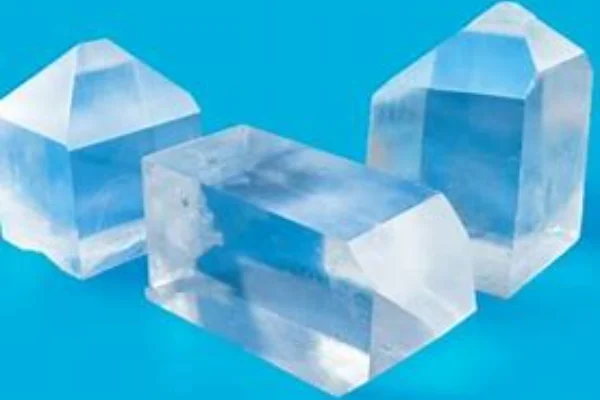
Efficiency of Nonlinear Crystals in UV Generation
The efficiency of nonlinear crystals in UV generation is a multifaceted concept, influenced by a variety of factors. Among these, phase matching, crystal length, and laser intensity are of paramount importance.
Phase matching is a condition that needs to be met for efficient frequency conversion. In the context of nonlinear crystals like BBO and LBO, it refers to the alignment of the crystal such that the generated harmonic wave and the fundamental wave propagate with the same phase velocity. This alignment allows for constructive interference, leading to efficient energy transfer from the fundamental wave to the harmonic wave. The broad phase-matching range of BBO and LBO crystals contributes significantly to their high conversion efficiency, allowing these crystals to efficiently convert a wide spectrum of wavelengths.
The length of the nonlinear crystal is another crucial determinant of UV generation efficiency. The longer the crystal, the more interaction there is between the light and the crystal, leading to higher conversion efficiency. However, there is an optimal crystal length for each application. Beyond this optimal length, the efficiency starts to decrease due to a phenomenon known as back-conversion, where the converted light reverts back to its original frequency. Therefore, finding the right balance in crystal length is crucial for maximizing UV generation efficiency.
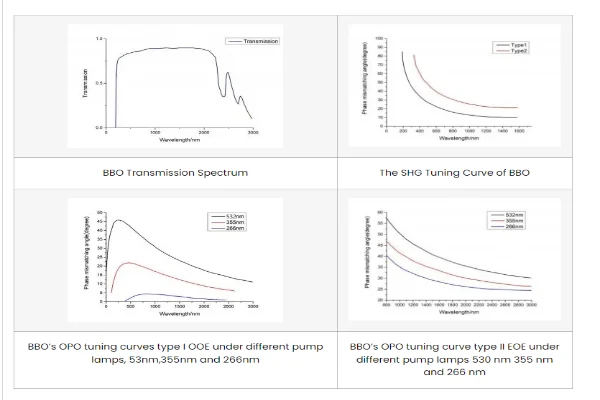
Laser intensity is another significant factor that influences the efficiency of UV generation. The higher the laser intensities, the higher the conversion efficiencies, as the amount of UV light generated is directly proportional to the intensity of the incoming light. However, if the laser intensity is too high, it can lead to damage to the crystal or trigger other nonlinear effects that can decrease the efficiency. These effects include two-photon absorption and photorefractive damage, both of which can degrade the crystal’s performance and lifespan.
In the case of BBO and LBO crystals, their high damage thresholds make them particularly adept at handling high laser intensities. This makes them ideal for high-power applications where high conversion efficiency is required.
In conclusion, the efficiency of nonlinear crystals in UV generation is a complex interplay of phase matching, crystal length, and laser intensity. Understanding these factors and optimizing them for specific applications is key to maximizing the performance of UV lasers. BBO and LBO crystals, with their broad phase-matching range and high damage threshold, stand out as particularly efficient options for UV generation.
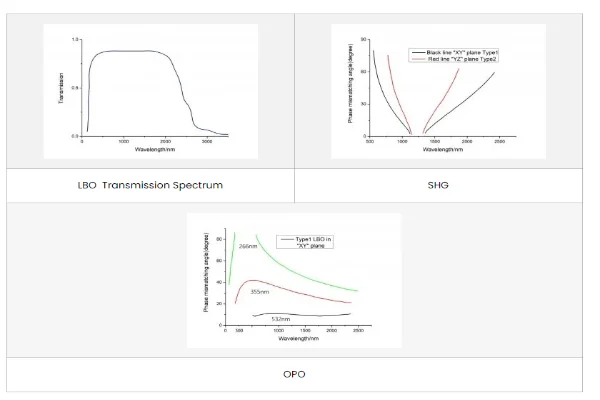
Power Handling Capabilities of Nonlinear Crystals
Nonlinear crystals must be able to handle high power levels to ensure efficient UV generation. Crystals like BBO and LBO are preferred in high-power UV laser systems due to their high damage thresholds. These crystals can withstand high-intensity laser beams without suffering from thermal damage or degradation. The power handling capability of a nonlinear crystal is determined by its damage threshold, which refers to the maximum laser intensity that the crystal can withstand without suffering damage.
The damage threshold is influenced by several factors, including the crystal material, the laser wavelength, and the pulse duration. BBO and LBO crystals, with their high damage thresholds, are able to handle high power levels, making them ideal for high-power UV laser systems.
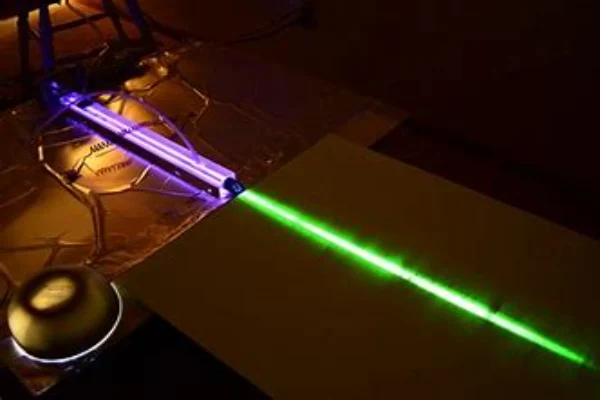
Conclusion
Nonlinear crystals are integral to the efficient generation of UV light in lasers. Through the process of frequency tripling, these crystals convert the frequency of incoming light, resulting in UV light. The efficiency and power handling capabilities of these crystals, particularly BBO and LBO, make them ideal for use in high-power UV laser systems. Understanding the properties and capabilities of these crystals is crucial in the design and operation of efficient UV lasers.
Frequently Asked Questions
1. What is frequency tripling in UV lasers?
Frequency tripling is a process where the frequency of light is tripled, resulting in the generation of UV light. This is achieved by combining the fundamental frequency and the second harmonic to produce the third harmonic.
2. What are nonlinear crystals?
Nonlinear crystals are materials that possess unique properties allowing them to alter the frequency of light when it passes through them. They are crucial in the generation of UV light in lasers.
3. What are some commonly used nonlinear crystals in UV lasers?
Some commonly used nonlinear crystals in UV lasers include Beta Barium Borate (BBO), Lithium Triborate (LBO), and Potassium Dihydrogen Phosphate (KDP).
4. What determines the efficiency of nonlinear crystals in UV generation?
The efficiency of nonlinear crystals in UV generation is determined by factors such as phase matching, crystal length, and laser intensity.
5. What is the power handling capability of nonlinear crystals?
The power handling capability of nonlinear crystals refers to their ability to withstand high-intensity laser beams without suffering from thermal damage or degradation.


